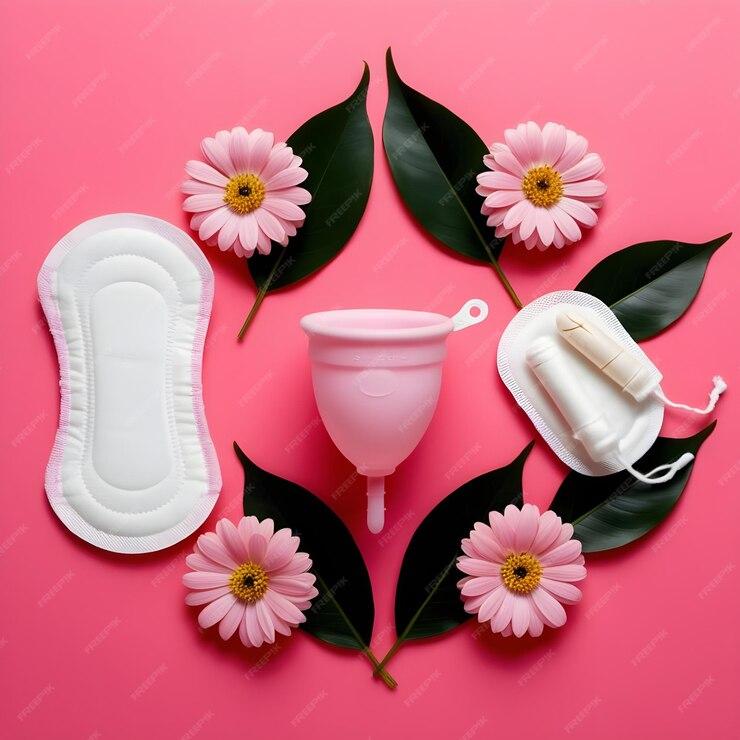Reusable Sanitary Pads: An Eco-Friendly Option for Your Period

History of Reusable Pads
Reusable sanitary pads have been around for decades but saw a resurgence in popularity in recent years due to growing environmental consciousness. Some of the earliest reusable pads date back to the 1930s when cloth pads were commonly used before the invention of disposable pads in the late 1950s. However, it wasn't until the 1990s that reusable pads began gaining more traction as a sustainable period product option. Several companies started ing reusable pads made of organic cotton with waterproof liners as an eco-friendly alternative to disposables.
Reasons to use Reusable Sanitary Pad
There are many benefits to using Reusable Sanitary Pads over disposable ones from both an environmental and personal health standpoint. Disposable pads are made mostly of non-biodegradable plastics that take hundreds of years to breakdown in landfills. One woman may use over 11,000 disposable pads in her lifetime, contributing massive amounts of waste. Reusable pads, on the other hand, are made to be used and washed over and over again for years, generating very little waste. This makes them a much more sustainable period product. Reusable pads are also free from potentially toxic chemicals found in some disposable pads that can irritate sensitive skin. Many women report fewer discomforts like rashes or itching when using natural fiber reusable pads. Financially, reusable pads save money in the long run compared to continuously purchasing disposable pads month after month.
Types of Reusable Sanitary Pads
There are various styles and absorbency levels of reusable pads available:
- Organic Cotton Pads: The most basic reusable pad made of soft cotton absorbent material. Great for lighter flow days.
- Flannel-Backed Pads: Cotton pads with a waterproof flannel backing for extra protection. Good for moderate flow.
- Thicker Pads: Heavier duty pads with multiple layers of cotton for heavy flow periods.
- Overnight Pads: Extra long and extra absorbent pads to last throughout the night without leaking.
- Swim Pads: Thinner pads made for use in water like swimming during your period.
- Postpartum Pads: Extra wide and extra long pads for use after childbirth recovery.
Most reusable pads come with a stay-dry liner made of materials like bamboo, microfiber or polyurethane that wicks moisture away. Reusable pads can be found with snaps, folds or wings for a secure fit.
Caring for Reusable Pads
Proper cleaning and care is crucial for reusable pads to stay hygienic and odor-free between uses. Here are some tips:
- Rinse pads in cold water after each use to remove any blood or fluids before washing.
- Wash pads separately in a mild laundry detergent on a cold/gentle cycle. Avoid fabric softeners or dryer sheets which can leave residues.
- Be sure to fully dry pads in direct sunlight or with a clothes dryer on high heat before storing for reuse.
- For overnight or heavy flow pads, you may want to soak them in hydrogen peroxide or a vinegar/water solution before the regular wash.
- Store pads in an airy, dry place sealed in a cloth or mesh bag between periods.
- Handwash pads or use the delicate cycle if the pads start to deteriorate faster than normal after several washes.
With proper care, reusable pads can last years which further contributes to their environmental friendliness compared to disposable pads. The upfront costs are higher than disposables but reusable pads save money long-term.
Getting Started with Reusable Pads
Making the switch from disposable to reusable pads requires an initial purchase, but then you never have to buy pads again. Here are some tips for your first time:
- Buy a starter kit with assorted pad styles and absorbencies for daytime and overnight use.
- Have at least 6 pads, or enough for 2-3 changes over 3 days of your period.
- Place pads, a bag for storing, and your regular wash routine essentials in your menstrual kit.
- Use reusable pads just like disposable ones and try them out on lighter days first.
- Keep track of amounts and styles you use most so you know what to stock up on.
- Be prepared for a learning curve as you adapt to cloth instead of plastic. Stick with it.
- Maintain supply by buying new pads occasionally as older ones wear out after many washes.
- Consider selling or donating any remaining disposable pads once fully switched over.
By making some initial preparation and effort, reusable pads can become part of your regular period routine for better personal health, cost savings and a smaller environmental footprint over your lifetime.
Get More Insights: Reusable Sanitary Pads
For More Insights Discover the Report In language that Resonates with you
About Author:
Ravina Pandya, Content Writer, has a strong foothold in the market research industry. She specializes in writing well-researched articles from different industries, including food and beverages, information and technology, healthcare, chemical and materials, etc. (https://www.linkedin.com/in/ravina-pandya-1a3984191)
- Art
- Causes
- Crafts
- Dance
- Drinks
- Film
- Fitness
- Food
- Jocuri
- Gardening
- Health
- Home
- Literature
- Music
- Networking
- Alte
- Party
- Religion
- Shopping
- Sports
- Theater
- Wellness


